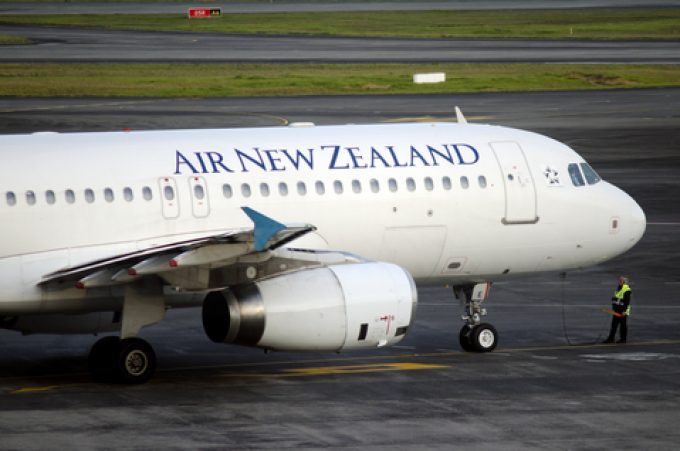Canning capacity as ecommerce bubble breaks
What a pile up

As cargo helps New Zealand’s flag-carrier make a comeback, efforts are underway to ensure sufficient airfreight capacity for the country’s key seasonal exports.
In a devastating year for the air industry, Air New Zealand posted its first financial loss in almost two decades and laid off 4,000 staff.
However, with some 80% of New Zealand’s airfreight normally going in bellyholds, a near overnight switch to cargo-only flights has provided a “green shoot” for the the airline, with cargo revenue jumping from 10% ...
Keep our news independent, by supporting The Loadstar
Container spot rates diverge: to Europe still falling, but firmer to the US
Volume surge and an early peak season? 'Don't celebrate too soon,' warning
Hapag-Lloyd won't take bookings if port congestion leaves cargo stranded
Ecommerce likely the front-runner in resurge of transpacific trade after deal
China-US trade tariff pause could drive a rebound for transpacific rates
Service chaos from trade ban with India a problem for Pakistan shippers
Airfreight rates ex-China 'loss-making', but hopes of a trade deal stay high


Comment on this article